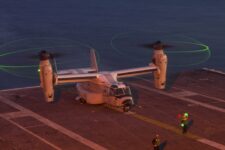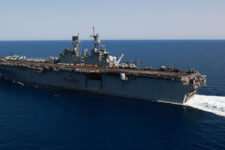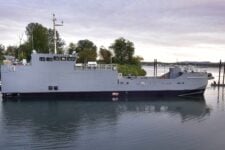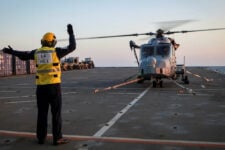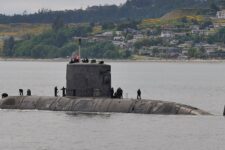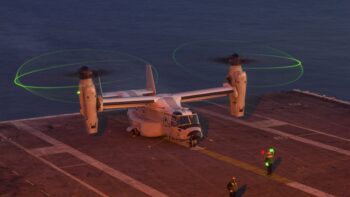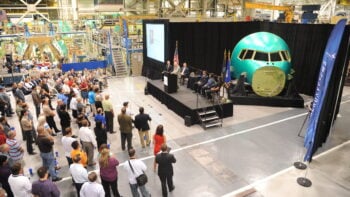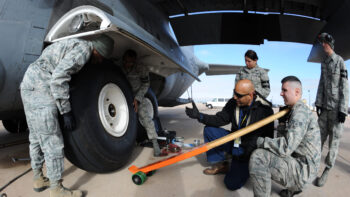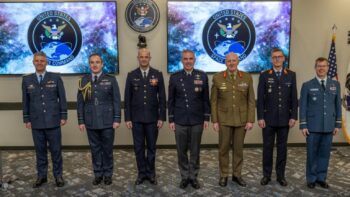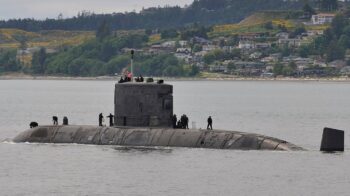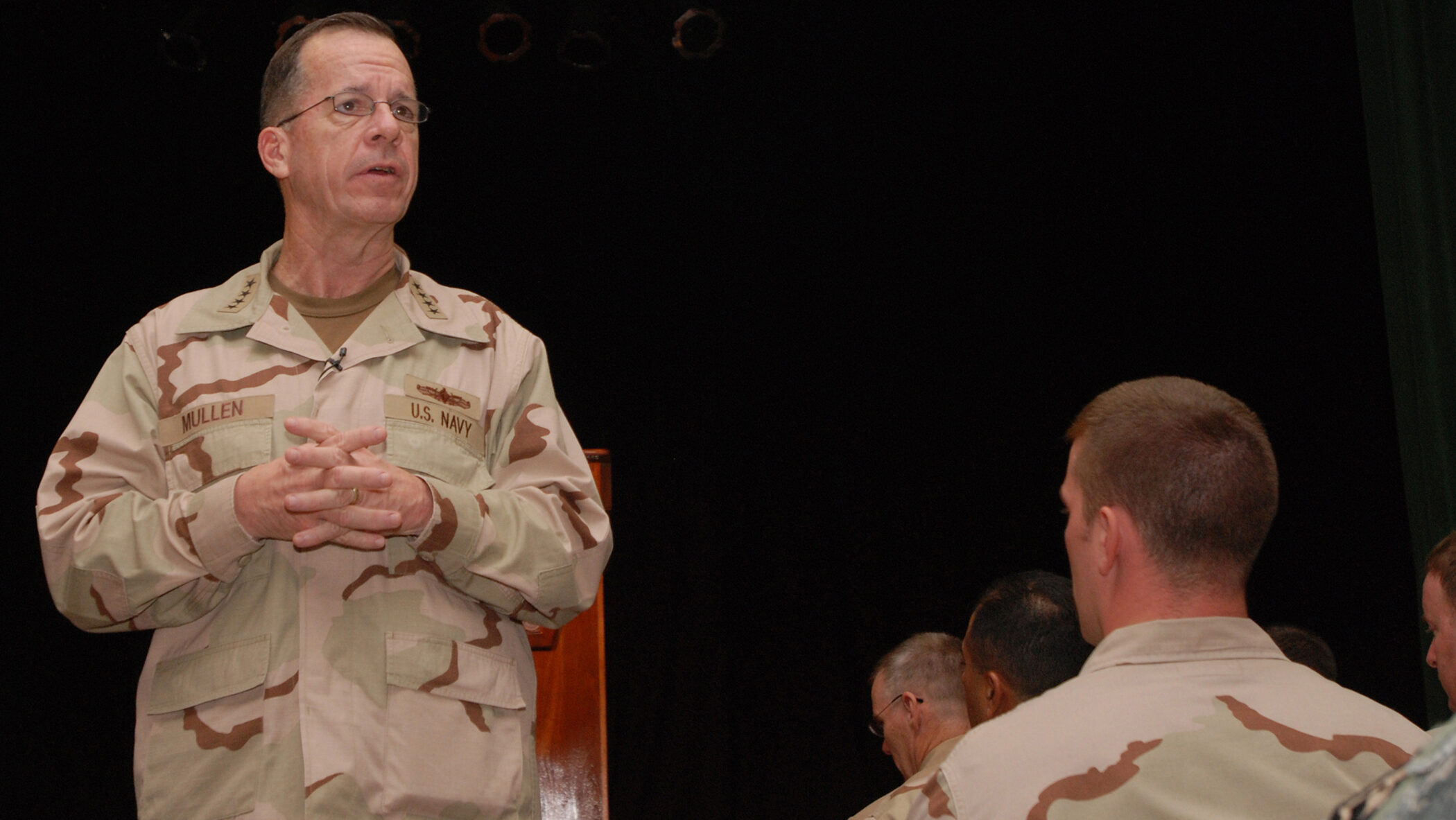
Michael Mullen, who served as chairman of the Joint Chiefs of Staff from 2007 to 2011, joined Saildrone as its chairman of the board of directors. (Photo/Navy Petty Officer 1st Class Michael Billings)
WASHINGTON — Michael Mullen, the retired four-star Navy admiral and former chairman of the Joint Chiefs of Staff, has joined the unmanned maritime tech company Saildrone as the chairman of its board of directors, the company told Breaking Defense in an exclusive interview.
Mullen is “someone who truly understands the requirements that we have as a Navy, as a nation, and our adversaries, and has known Saildrone long enough to understand our capabilities, track record and potential,” said Richard Jenkins, the company’s chief executive officer.
He’s “a true believer in the ultimate solution… It’s not about unmanned, he’s not a great advocate of unmanned or any other technology specifically. It’s about creating a solution that gives us an advantage.”
Saildrone is a California-based maritime tech firm, founded by Jenkins in 2012, and boasts roughly 250 employees. It specializes in developing and operating unmanned surface vehicles (USVs) primarily used for oceanographic mapping and intelligence collection. Jenkins said Mullen’s first meeting in the new position took place Sept. 19.
While the company got its start contracting for civilian agencies, such as the National Oceanic and Atmospheric Administration and universities, it has been on the US Navy’s radar since around 2020, and has become more prolific in defense circles through its participation in 5th Fleet’s Task Force 59, an office established in Bahrain to experiment with unmanned technologies.
Mullen declined to be interviewed through the company, but said in a statement, “I am delighted to be part of the Saildrone board and help steer the company to address the nation’s defense needs, against rapidly evolving adversaries. Saildrone delivers some unique and compelling capabilities for the future, and is backed up by a very strong leadership, and investment team.”
Mullen, who retired in October 2011, served in the Pentagon at the highest levels of both Navy and joint leadership positions, including tours as the vice chief of naval operations, the chief of naval operations and ultimately as the 17th chairman of the Joint Chiefs of Staff starting in 2007.
He joins another former Navy admiral on Saildrone’s board: William Hilarides, who retired as a vice admiral and commander of Naval Sea Systems Command in June 2016.
As part of its work with the Navy in the Middle East, Saildrone’s distinctive orange USVs took center stage in August and September 2022 when, on two separate occasions, Iranian military and paramilitary forces attempted to confiscate the vessels, accusing them of spying. A Navy spokesman at the time denied the spying allegations and said the drones were unarmed and taking unclassified photos of the environment. The Navy was ultimately able to retrieve the USVs in both circumstances.
RELATED: Saildrone CEO Says Iranian Interference Was Valuable Experience, Not A Surprise
More recently, Saildrone, working with the Navy’s 4th Fleet, which covers the US Southern Command area of responsibility, deployed 10 USVs earlier this month as part of Operation Windward Stack.
“Operation Windward Stack is a long-term operation of unmanned and manned forces working together, also known as a hybrid fleet, as envisioned by the secretary of the Navy and the chief of naval operations,” the command said in a Sept. 13 statement.
“The 10 Saildrones will serve as the initial unmanned vessels in the operation. Plans are to add additional USVs, unmanned aerial vehicles (UAVs) and manned maritime forces over the next few months to further challenge [command and control] integration and to expand the [maritime domain awareness] coverage,” the statement continued.
Navy Secretary Carlos Del Toro and then-Chief of Naval Operations Adm. Michael Gilday earlier this year announced the Navy’s experimentation with unmanned technology had been successful and they were ready to begin deploying it “at scale.” As part of those efforts, the service’s top leaders said 4th Fleet would be the next major hub for unmanned technology to be integrated into the fleet.
Those efforts officially commenced in July with UNITAS, one of the largest multinational maritime exercises conducted annual since the 1960s.
V-22 Osprey operating with ‘limited envelope,’ required to stay near airfields
Despite all three US V-22 variants flying, they remain under safety restrictions, according to service acquisition officials.
